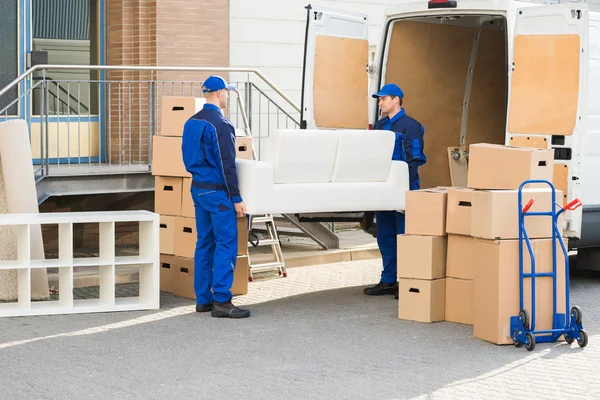Dismantling furniture is a crucial step in preparing for a move, whether you’re relocating to a new home or office. Properly disassembling furniture not only makes it easier to transport but also reduces the risk of damage during transit. In this guide, we’ll explore essential tips and techniques to safely dismantle furniture and ensure a smooth and stress-free moving experience.
- Gather the Right Tools: Before you begin dismantling furniture, gather the necessary tools and equipment. This may include screwdrivers, wrenches, pliers, Allen keys, and a rubber mallet. Having the right tools on hand will make the disassembly process much smoother and more efficient.
- Refer to Manufacturer Instructions: If available, refer to the manufacturer’s instructions for disassembling your furniture. These instructions will provide valuable guidance on the proper disassembly process and may include helpful tips or precautions specific to your furniture piece.
- Take Photos and Label Parts: Before you start disassembling furniture, take photos of the item from multiple angles. This will serve as a visual reference for reassembly later. Additionally, label each part or hardware component with its corresponding location or use small bags to keep screws and bolts organized.
- Protect Surfaces: Lay down a soft blanket or sheet to protect the floor and furniture surfaces during disassembly. This will help prevent scratches or damage to delicate finishes while you work.
- Work Methodically: Begin by removing any cushions, pillows, or removable components from the furniture piece. Then, systematically disassemble the larger components, such as legs, arms, or panels, using the appropriate tools. Take care to keep track of each part and store them together to avoid misplacement.
- Secure Hardware: As you remove screws, bolts, or other hardware, place them in a secure container or bag to prevent loss. Consider taping small bags containing hardware to the corresponding furniture parts to keep everything organized and easily accessible during reassembly.
- Protect Fragile Components: For furniture with delicate or fragile components, such as glass panels or decorative elements, take extra precautions during disassembly. Wrap these components in bubble wrap or soft cloth to protect them from damage during transit.
- Consult Professionals for Complex Items: If you encounter furniture that is particularly complex or challenging to disassemble, consider seeking assistance from professional furniture movers or carpenters. They have the expertise and experience to safely dismantle and reassemble even the most intricate pieces of furniture.
By following these tips and techniques, you can safely and efficiently dismantle furniture for your upcoming move. Remember to take your time, stay organized, and prioritize the protection of your furniture throughout the disassembly process. With careful planning and execution, you’ll ensure a smooth and successful move to your new location.







